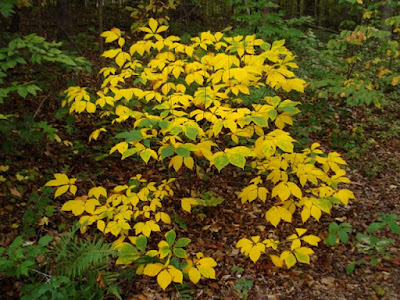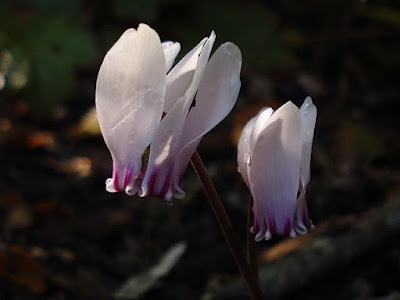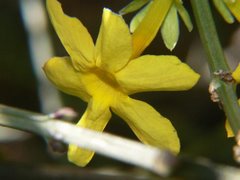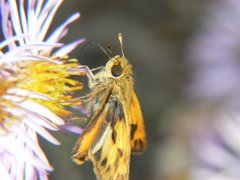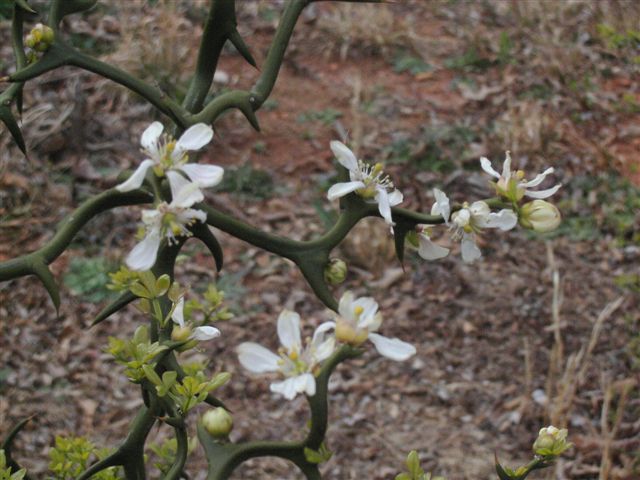My flowerbeds are mostly ragtag foliage now but there is one last sigh of summer – Nicotiana alata or flowering tobacco. Some time in the summer months I read that it attracts moths, mostly lunas, which I dearly love, so I bought the first one I came across. I obviously didn’t have my head on straight because I know that luna moths don’t feed at all as adults. They don’t even have mouthparts but emerge from their cocoons only to mate and die within a week.
Nicotiana alata

Doing a little research on flowering tobacco before my purchase would have been wise too as mine have little scent, but I love their colors, the bright, almost neon red and the pale rose. I later read that the newer varieties, which are much more colorful, don’t have the fragrance of the old-fashioned ones. Next year I’ll look for the unimproved white variety for its fragrance but I’ll also plant the colorful ones for their beauty!
